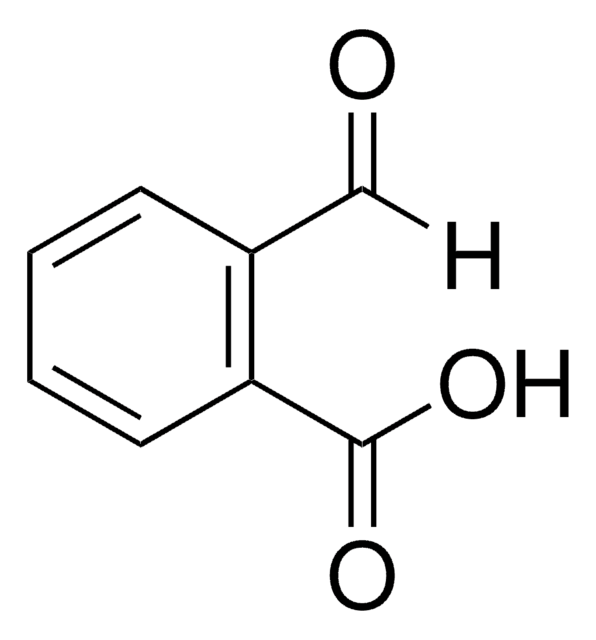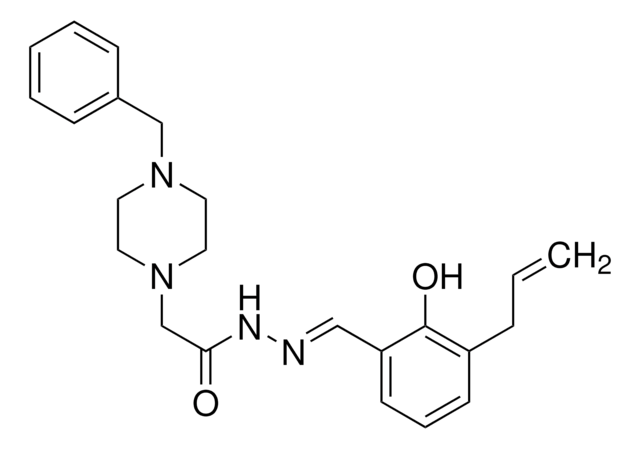229393
Aluminum chloride hydrate
99.999% trace metals basis
Synonym(s):
Aluminium trichloride hydrate, Aluminum(3+) trichloride hydrate, Trichloroaluminum hydrate
About This Item
Recommended Products
vapor pressure
1 mmHg ( 100 °C)
Quality Level
Assay
99.999% trace metals basis
form
crystalline
composition
Degree of hydration, 6-7
reaction suitability
reagent type: catalyst
core: aluminum
impurities
≤15.0 ppm Trace Metal Analysis
mp
100 °C (dec.) (lit.)
density
2.398 g/mL at 25 °C (lit.)
application(s)
battery manufacturing
SMILES string
[H]O[H].Cl[Al](Cl)Cl
InChI
1S/Al.3ClH.H2O/h;3*1H;1H2/q+3;;;;/p-3
InChI key
CAYKLJBSARHIDI-UHFFFAOYSA-K
General description
Application
- Precursor to synthesize high surface area alumina aerogels by sol-gel processing method.
- Catalyst for Friedel-Crafts alkylation of indoles.
- Dopant to synthesize Al-doped ZnO thin films by ultrasonic spray pyrolysis.
- Starting material to synthesize Boehmite nanoparticles with controlledmorphology.
Signal Word
Danger
Hazard Statements
Precautionary Statements
Hazard Classifications
Skin Corr. 1B
Storage Class Code
8A - Combustible corrosive hazardous materials
WGK
WGK 1
Flash Point(F)
Not applicable
Flash Point(C)
Not applicable
Choose from one of the most recent versions:
Already Own This Product?
Find documentation for the products that you have recently purchased in the Document Library.
Customers Also Viewed
Our team of scientists has experience in all areas of research including Life Science, Material Science, Chemical Synthesis, Chromatography, Analytical and many others.
Contact Technical Service






